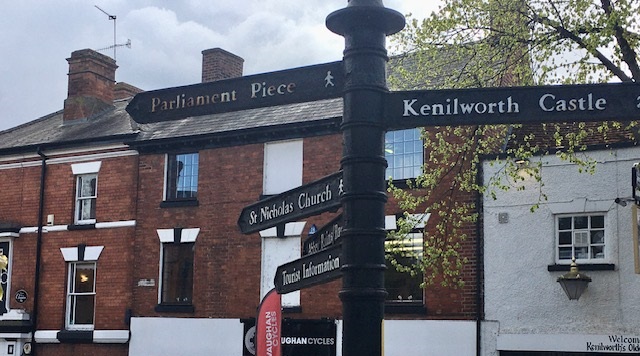Place Audits and Stakeholder Engagement are key practices in urban planning, community development and place-making processes. They involve assessing and understanding the current state of a location, its assets, challenges and aspirations, whilst engaging with stakeholders to ensure their valuable input and ensuring they have a prominent role in the decision-making process.
Pulling together place audits and engagement with stakeholders ensures that planning and development initiatives are able to meet the needs of the whole community. This promotes a sense of ownership and boosts the likelihood that a project will be both successful and achieve sustainable outcomes for a location that is not only vibrant but somewhere people want to live.
A place audit involves assessing and evaluating the unique physical, social, economic and environmental characteristics of a location. The audit pulls together data and insights about the existing strengths and weaknesses, as well as the potential opportunities a place might have. The aim of a place audit is to identify what can be done to improve an area, informing future planning and development strategies.
Stakeholder engagement helps to build trust, encourages engagement and generates ideas around place-making initiatives. It involves consulting with individuals, groups, organisations and communities that have an interest or are affected by a particular place or project (for example, families that use a play area, or a business that operates in or around a specific space). We aim to gather diverse perspectives of local knowledge and aspirations to ensure that decision-making reflects the needs and values of as many people as possible.
There are many methods that we might use for stakeholder engagement, including public meetings, workshops, creating focus groups, interviews, online platforms, and/or interactive tools.
Contact Now
